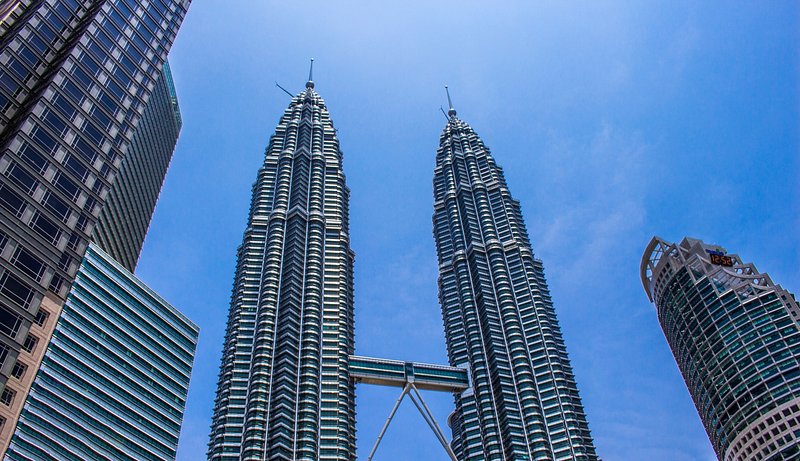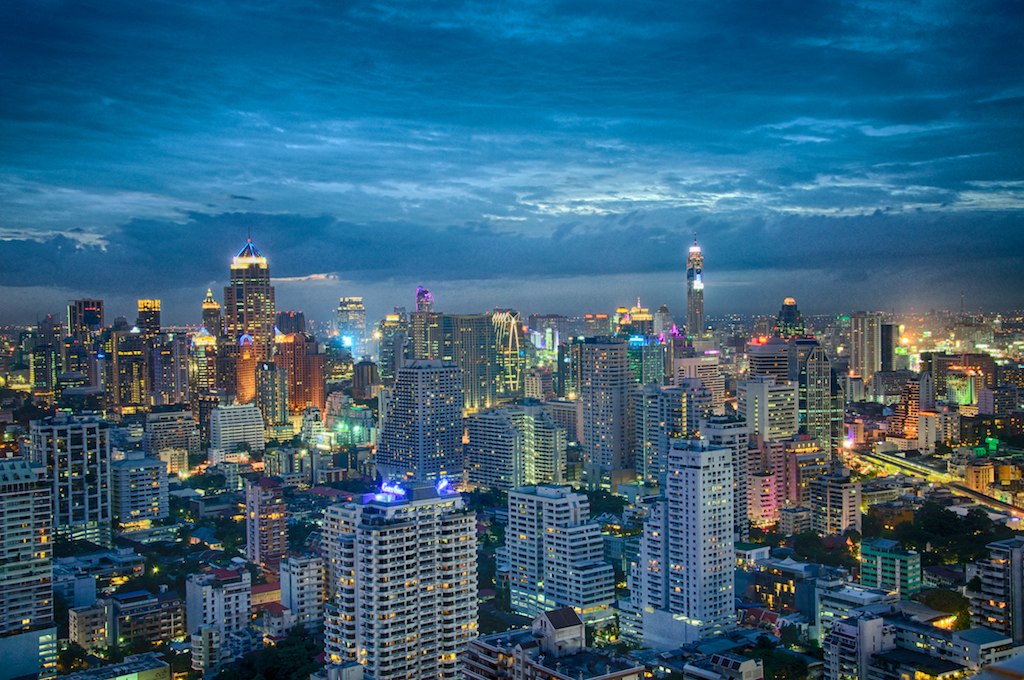Southeast Asia, a region known for its vibrant cultures and booming economies, has also become a rising force in the global skyscraper race.
With rapid urbanization, foreign investment, and ambitious development projects, several countries in this region now host towering skylines that rival those of more established global cities.
While countries like Singapore and Malaysia have long been recognized for their modern architecture, new contenders such as the Philippines, Indonesia, and Thailand are quickly catching up.
This article explores the Southeast Asian nations with the most skyscrapers, delving into the driving factors and urban identities shaping these vertical landscapes.
Malaysia

Malaysia’s capital, Kuala Lumpur, is often considered the birthplace of Southeast Asia’s skyscraper boom. The iconic Petronas Twin Towers, once the tallest buildings in the world, have long symbolized Malaysia's ambition and modernization.
Standing at 452 meters tall, they remain the tallest twin towers globally and are a key feature of the city’s skyline. Beyond the Petronas Towers, Kuala Lumpur is home to dozens of high-rise structures that blend Islamic architecture with contemporary design.
The city’s skyline continues to grow, with the recent completion of Merdeka 118, which has taken the title of the second tallest building in the world. With over 100 buildings exceeding 150 meters in height, Malaysia ranks among the top in Southeast Asia for skyscraper development.
The government’s investment in infrastructure, coupled with strong real estate interest, has ensured the steady vertical expansion of Kuala Lumpur and surrounding urban centers.
Thailand

Thailand, particularly its capital Bangkok, has experienced a significant skyscraper surge over the past two decades. As a regional hub for finance, tourism, and culture, Bangkok has embraced high-rise construction as a solution to growing urban density and land scarcity.
Landmarks such as King Power Mahanakhon, with its distinctive pixelated façade, and the IconSiam complex along the Chao Phraya River showcase the blend of futuristic design and Thai heritage that defines the city’s skyline.
Bangkok is now home to more than 90 buildings over 150 meters tall, and the number continues to rise with ongoing construction projects. The city’s push toward transit-oriented development has further accelerated the need for high-rise buildings near rail and metro lines.
In recent years, luxury condominiums and mixed-use towers have transformed Bangkok into a city that not only builds upwards but does so with a unique sense of style and purpose.
Indonesia

Indonesia, the most populous country in Southeast Asia, has seen a remarkable transformation in its capital, Jakarta.
While historically more known for its sprawling urban layout than vertical growth, Jakarta has emerged as a skyscraper city in its own right. As of now, the city has over 70 skyscrapers over 150 meters in height, with many more in the pipeline.
A growing middle class, increased foreign investment, and the need for centralized business districts have all contributed to Jakarta’s vertical development.
Major towers such as the Gama Tower and the Treasury Tower dominate the skyline, symbolizing the city’s evolving role as an economic powerhouse. Although concerns over traffic congestion and flooding continue to challenge urban planning, the city’s skyline reflects Indonesia’s aspirations for global relevance.
The Philippines

The Philippines has seen a construction boom in recent years, with its capital Metro Manila becoming a hotspot for vertical real estate development.
Driven by a strong business process outsourcing (BPO) sector, remittances from overseas Filipino workers, and domestic demand for housing, Metro Manila now hosts dozens of skyscrapers, particularly in areas like Makati, Bonifacio Global City (BGC), and Ortigas Center.
Currently, Manila has around 60 skyscrapers exceeding 150 meters, and this number is rapidly growing as developers compete to meet the high demand for office and residential spaces.
The Grand Hyatt Manila, standing at 318 meters, is among the tallest in the region and a symbol of the country's growing vertical identity. The skyline's evolution is also influenced by urban planning efforts aimed at decentralizing Metro Manila and creating more mixed-use, sustainable communities.
Singapore

While Singapore may not have the tallest skyscrapers due to strict height regulations near its airport, it boasts one of the most efficient and high-density skylines in Southeast Asia. With around 80 buildings over 150 meters tall, the city-state maximizes vertical space through innovative design and urban planning.
Singapore’s skyline, dominated by sleek towers in the Marina Bay and Central Business District areas, reflects its global status as a financial and technological hub.
The city's emphasis on green buildings, sustainability, and architectural harmony has led to award-winning skyscrapers that integrate nature with modern living. Though limited in land area, Singapore continues to lead in quality and forward-thinking design in skyscraper development.



















